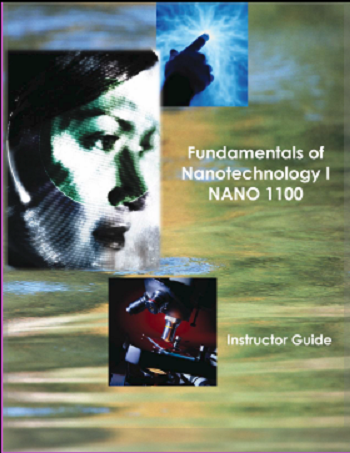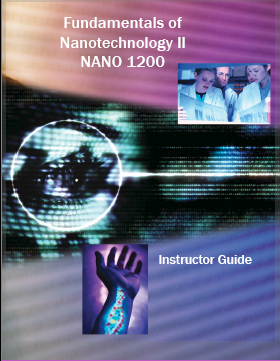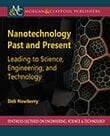Books

Fundamentals of Nanotechnology 1 - Instructor Guide
by Deb Newberry
Effort supported by DCTC
Nanotechnology 1100, provides an introduction into nanoscience and includes the history of nanotechnology and also an introduction into the tools used to study the world at the nanoscale.

Fundamentals of Nanotechnology 2 - Instructor Guide
by Deb Newberry
Effort supported by DCTC
Nanotechnology 1200, focuses on the material science, chemistry and physics aspects of the nanoscale. The course begins with the discussion of elemental attributes and how environment can impact properties and performance of the starting material.

Nanotechnology Past and Present
by Deb Newberry
Nanoscience and nanotechnology, the application of the research-based nanoscale science, have changed significantly over the last three and a half decades.

Nanotechnology, Lessons from Nature
by Deb Newberry
As long as humans have existed on the planet, they have looked at the world around them and wondered about much of what they saw. This book covers 21 different phenomena that have been observed in nature and puzzled about for decades.

